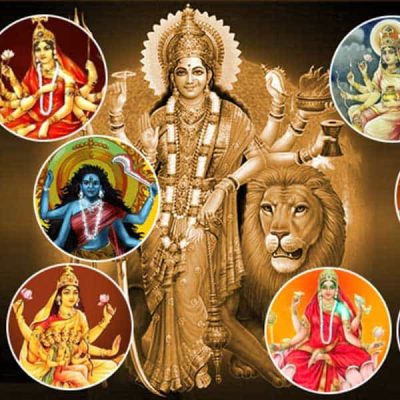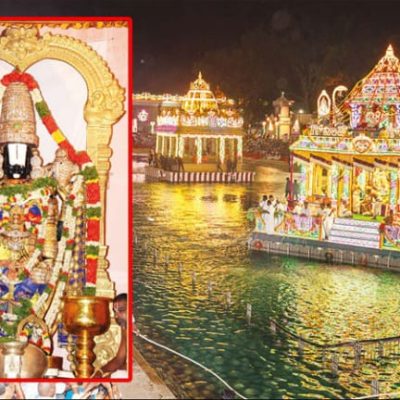Mannarkoil Rajagopala Swamy Temple – Thirunelveli

Address
Mannarkoil Rajagopala Swamy Temple – Thirunelveli
Mannarkoil, Thirunelveli District,
Tamil Nadu- 627413
Phone: +91 4634 252 874 / 318 408
Moolavar
Rajagopala Swamy
Amman
Sri devi, Bhoo devi
Introduction
Location:
- Situated at Mannarkoil near Ambasamudram in Thirunelveli District, Tamil Nadu.
- The temple is on an island bordered by the Thamirabarani River (south) and the Ghatana River (north).
Historical Significance:
- The temple is dedicated to Lord Vishnu and is renowned as the Mukthi Sthalam of Sri Kulasekara Azhwar.
- The temple is historically significant for its connection to Rajendra Chola I, who contributed to its construction and renovation.
- The village is called Vedhanarayanpuram due to the constant chanting of Vedic mantras heard in the area.
Kulasekara Azhwar:
- Born in Thiruvanjikalam, Kulasekara Azhwar was a Chera King who later became a devotee of Lord Vishnu.
- He renounced his royal life and dedicated himself to worshipping Lord Rama, settling in Mannarkoil.
- He is known for his hymns in Nalayira Divya Prabhandham, which mention the sacred Shenbaga flowers.
- The temple has a separate shrine dedicated to him.
Sacred Shenbaga Flowers:
- The Shenbaga flower is considered sacred at the temple due to its mention in Kulasekara Azhwar’s hymns.
Avathara Sthalam of Azhagiya Manavala Jeer:
- Mannarkoil is also the birthplace of Vaadhi Kesari Azhagiya Manavala Jeer, who provided detailed explanations of the Divya Prabhandham.
Beliefs:
- Devotees pray for academic success, marital blessings, children’s welfare, and career growth.
Temple Features:
- The temple is east-facing with a single entrance and two prakarams.
- The main deity, Lord Vedanarayana Perumal, is depicted in standing, sitting, and reclining postures.
- There are shrines for Ubhaya Nachiyar (Sri Devi and Bhu Devi), Lord Narasimha, and Visvakshena.
- Women seeking child blessings pass through a hole called “Pillai Thondu”.
- The roof features sculptures of the 12 zodiac signs.
Sacred Trees and Theerthams:
- The temple’s Sthala Vriksham (sacred tree) is a Jack tree.
- Theerthams (holy waters) are the Tamirabarani River, Ghatana River, and Bhrigu Theertham.
Festivals:
- Brahmotsavam (10 days) in Chithirai (April-May).
- Azhvaar Procession in Pushpa Pallakku in Thai (January-February).
- Theppotsavam in Masi (February-March).
- Kaisika Puranam Practice Session for Thirukkurungudi temple.
References
https://tamilnadu-favtourism.blogspot.com



















Century/Period
1028- 1043 A.D
Managed By
Hindu Religious & Charitable Endowments Department (HR&CE)
Nearest Bus Station
Mannarkoil
Nearest Railway Station
Thirunelveli and Ambasamudram
Nearest Airport
Madurai and Thiruvananthapuram.





